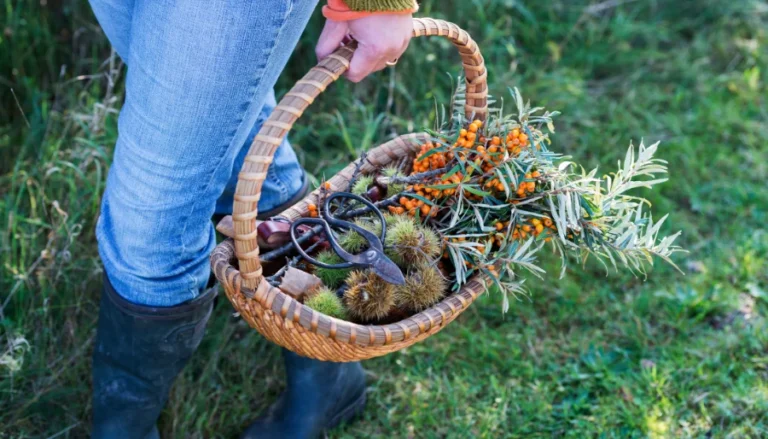Amid the ongoing sixth mass extinction, a critical alarm has been sounded: frogs, toads, salamanders, and caecilians (legless amphibians) are rapidly disappearing, making them the most endangered group of vertebrates on our planet. A startling 40% of these species now face the threat of extinction, according to recent global evaluations.
Kelsey Neam, an ecologist at Re:wild, explains, “These amphibians vanish at an alarming rate, even before we can thoroughly research them. Their invaluable contributions range from medical breakthroughs, natural pest control, to serving as barometers for environmental health and simply enriching our world’s biodiversity.”
Historically, disease and habitat destruction accounted for a significant portion (over 90%) of amphibian declines up to 2004. However, the new chief culprit behind this decline has emerged: the profound effects of climate change.
Currently, changing climatic patterns and their repercussions contribute to about 39% of the amphibian population decline, closely followed by habitat loss at 37%, even after persistent advocacy for their conservation.
A testament to their vulnerability, Jonathan Baillie, a zoologist at the University of Oxford, described these species in 2018 as “the ‘canaries in the coal mine.’ Their heightened sensitivity to elements like climate alterations and contamination signals potential broader ecological failures. Their loss would inevitably cascade to other species.”
A comprehensive assessment by Jennifer Luedtke and her team at Re:wild analyzed the status of 8,011 amphibian species for the International Union for Conservation’s Nature (IUCN) Red List of Threatened Species, updating the previous findings from 2004. The results were disheartening.
Our research indicates that the actual number of amphibian extinctions in the last 150 years could approach 222 if all the Critically Endangered (Possibly Extinct) species are indeed gone,” the team noted in their report.
Several species, like the Chiriqui harlequin frog and the sharp snouted day frog, plummeted in numbers during the 1990s due to the chytridiomycosis fungal disease.
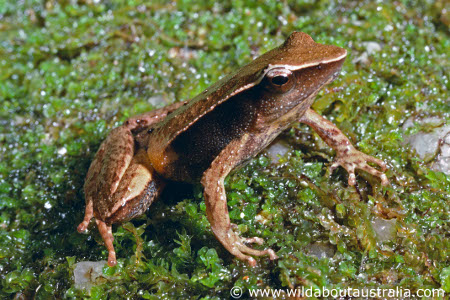
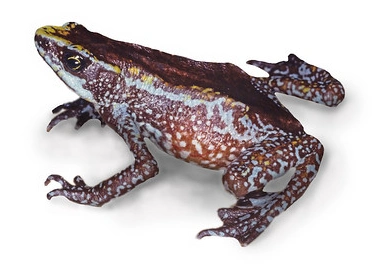
Meanwhile, others such as the Craugastor myllomyllon and Pseudoeurycea exspectata haven’t been spotted since the 1970s, likely obliterated due to agricultural expansion. In addition, human-induced factors like pollution and poaching have further strained their populations, resulting in some exhibiting odd deformities.
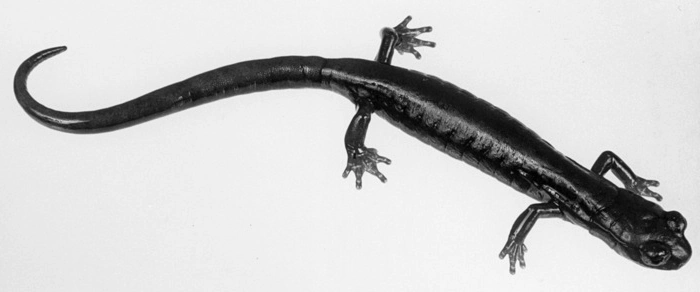
Devastatingly, current climatic changes, such as increased fire frequencies and diminishing soil moisture, are already affecting salamander species in the U.S. Meanwhile, erratic rainfall patterns in the wet tropics of Australia and Brazil could hinder frog reproduction. High-altitude amphibians in Venezuelan table-top mountains are facing elevation limitations as they attempt to adapt to climate shifts.
Luedtke and colleagues caution that their findings might still underestimate the true scale of the crisis.
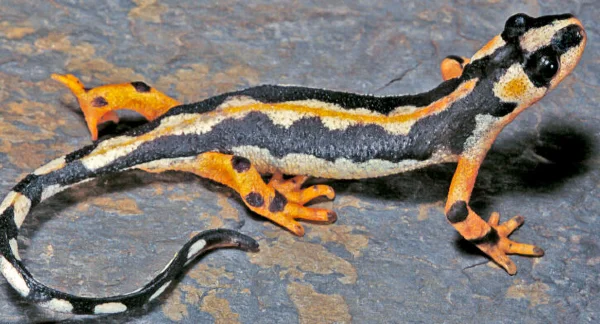
However, their research offers vital data for conservation strategies.
John Measey, a biologist at Stellenbosch University, emphasizes the emerging threat of disease in African amphibians, urging for robust conservation measures. Adam Sweidan from Synchronicity Earth adds that timely updates to the IUCN Red List might have preempted the widespread amphibian pandemic by two decades.
The decline of amphibians has broader implications. For instance, the reduction of mosquito-consuming frogs in South America between the 1980s and 2000s correlated with a surge in malaria cases.
Neam concludes, “Their role in maintaining carbon-absorbing ecosystems makes the protection of amphibians a direct answer to the climate crisis. The global community must prioritize their conservation, as it is tantamount to safeguarding the planet’s future.”

Amphibians and Us: Why Their Survival Directly Affects Our Daily Lives
While it’s easy to dismiss the plight of amphibians as a distant concern, especially if you don’t frequently come across frogs or salamanders in your day-to-day life, the truth is that their survival has direct consequences on our health, economy, and daily routines.
Let’s delve into how the decline of amphibians could transform our world, making this issue profoundly relatable:
More To Discover
- Why Bioplastics Aren’t the Eco-Solution We Hoped For (Australia Is The Perfect Example)
- Scientists Breed Climate-Friendly Cows with 20-Fold Increase in Milk Production
- Transforming Palm Trees into Eco-Friendly Building Materials: A Green Innovation to Tackle Construction Emissions
- Researchers Craft Sustainable Bioplastic Pellets From Eggshells to Replace Plastic
Natural Pest Control
Anyone who enjoys an evening outdoors knows the nuisance of mosquitoes and other insects.
Amphibians are nature’s pest controllers.
A single adult frog can consume thousands of insects every month. With declining amphibian populations, expect to see a surge in insect populations, translating to more pesky bites and increased spread of insect-borne diseases like malaria and dengue.
Food Chain Repercussions
Amphibians are vital links in food chains. They consume insects and are preyed upon by birds, mammals, and fish. Their decline can lead to an explosion of certain pests while depriving predators of a primary food source. This imbalance can cascade upwards and affect species, including those integral to human diets.
Economic Impact
From tourism to fisheries, the balance of our ecosystems has financial repercussions. For example, fewer amphibians could mean more insects damaging crops or forest vegetation, leading to increased costs in agriculture and forestry. On the flip side, regions known for their rich biodiversity attract tourists. A decline could hurt local economies dependent on this tourism.
Medicinal Discoveries
Believe it or not, amphibians have been at the forefront of medical breakthroughs. Compounds found in amphibian skin have shown potential in fighting infections and even cancer. Their decline could mean losing out on future groundbreaking treatments or drugs.
Ecosystem Health Indicators
Much like the canary in the coal mine, amphibians serve as barometers of environmental health due to their permeable skin and dual aquatic-terrestrial lifestyles. A decline in their numbers often signals deteriorating water quality or other environmental issues that could directly affect human health and access to clean water.
Cultural and Aesthetic Value
Frogs croaking after it rains or the sight of salamanders by a stream are experiences many cherish. These creatures add to the world’s beauty, inspire art, stories, and traditions, and form a bond between humans and nature.
In conclusion, the disappearing act of amphibians isn’t just a nature documentary concern—it’s a human one. Their fate intertwines with the quality of our lives, the food we eat, the air we breathe, and the health of our communities. Recognizing the role of amphibians in our world helps us understand that by saving them, we are, in many ways, saving ourselves.









